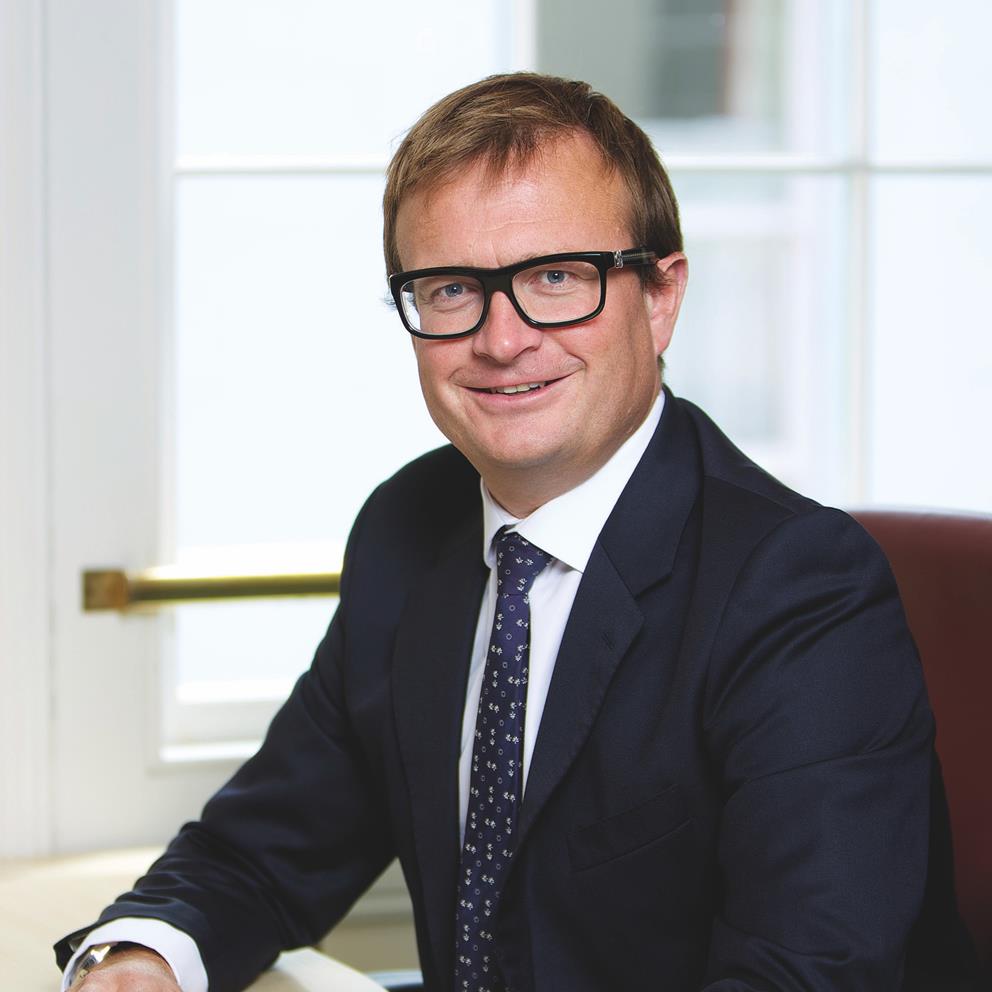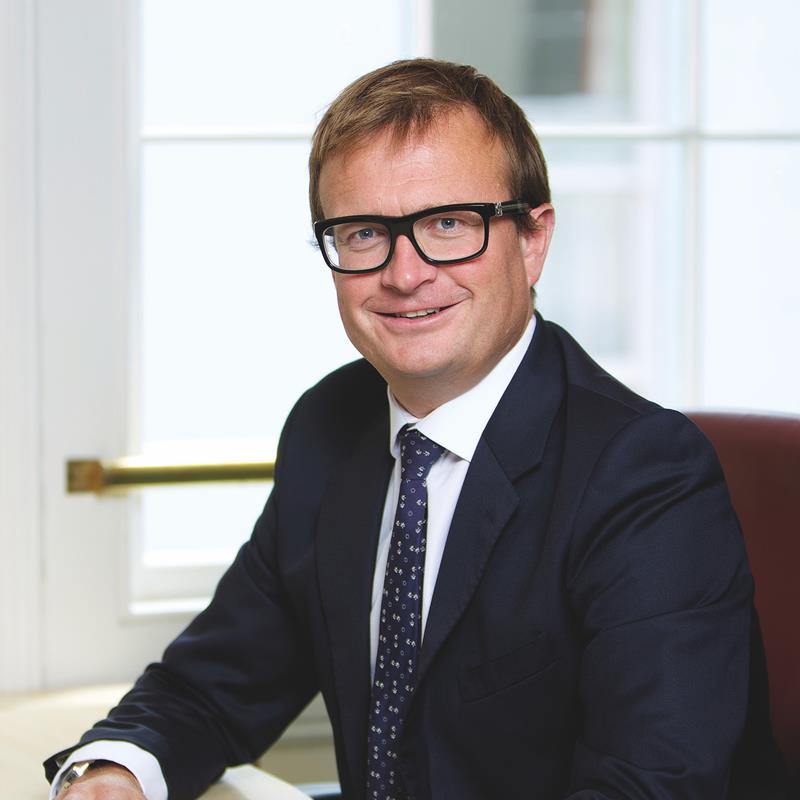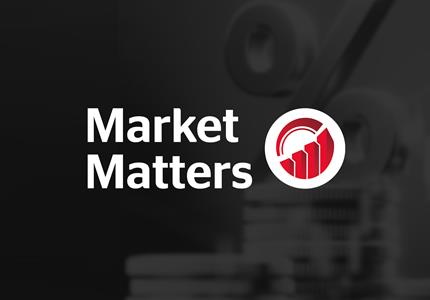

Doctor, Doctor give me the news....
Doctor, Doctor, give me the news
I’ve got a bad case of loving’ you
Moon Martin, 1978
Enough already. We’re all out of words to describe the global political scene. So we thought we’d turn to investment matters (probably quite surprising for regular readers) and have a look at what we consider one of the major themes of our time: healthcare for an ageing population.
The Daily Telegraph recently pointed out that we’ve reached ‘Peak Baby’, i.e. that there will never be more children across the globe than there are today. So while the world’s population will continue to grow, it will only be because everyone is living longer. Although there is still a demographic population-increase lag, this is the end of a long road – one that started 250 years ago in the UK during the Industrial Revolution – and is a very welcome, if daunting, moment.
Why? Because focus is now switching from nurturing young healthy people to maturity to keeping rapidly increasing numbers of old people alive. Whereas the former required relatively straightforward inoculation and nourishment, the latter will demand every bit of the technology we can muster (and a lot we currently cannot). But fear not, humans are great and fearless innovators. In this article we’ll set out some of the ideas surrounding ‘precision medicine’ and the huge advances being made in Big Data to provide you with hitherto unimaginable treatments.
At the outset, I must make clear that we are neither doctors nor geneticists, so explanations are self-evidently non-technical and by no means definitive. However, I don’t think that stops us from trying to understand the medical revolution now taking place. Like, for example, the BBC report that a former MS sufferer has now been declared symptom-free after the ‘rebooting’ of her immune system via chemotherapy and a stem cell transplant. There has never been a better time to be alive or – ironically – to be seriously ill.
So what do we mean by precision medicine? Soonish, a book by American popular-science writers Kelly and Zach Weinersmith, describes it thus. Let’s take cancer. Scientists are now becoming able to analyse and compare millions of patients’ biomarkers (symptoms, to you and me) and thus identify which genetic aberrations cause cancer. Once identified and isolated, we can begin to individually treat sufferers with therapies particular to their own genome, i.e. unique to you or people genetically like you. This means that treatment that is either dangerous or does not work for others might be perfect for your genetic make-up; it might also change the way drugs are approved, since they will not have to work or be safe for everyone – just your genetic pool.
Of course, all this needs vast databases and hitherto impossible data manipulation and analysis (more statisticians and mathematicians required), but these are definitely not insuperable problems. Think how far we’ve come with computing in the last 20 years…
Interestingly, it’s no longer solely the traditional biomarker that can be used for diagnosis. Scientists are now able to predict clinical depression in social media postings simply by the colour and brightness of photos posted on Instagram. When one considers the potential for the combination of genomic with psychological and ‘fitbit’-style information, it will simultaneously make for much more candid, if not embarrassing, medical consultations. There’ll be no more misleading the doctor as to your recent exercise, alcohol consumption, fat intake or mental state.
These are all potentially wonderful advances, although they also raise privacy issues. For example, once these ‘genomic’ profiles are created, they will quite clearly be individually identifiable. What does this imply about, say, your family’s propensity to a particular disease or psychiatric condition? Can or should such information be made available to an employer or an insurer – or, in the worst case, the police?
Bottom line: Ravenscroft is committed to, and invested in, accelerating healthcare and technical innovation. Yes, there are many ethical and scientific hurdles to overcome and, as always, lots of potential blind alleys; but human ingenuity is staggering and not something we’d ever bet against. Meanwhile, we continue to work with specialist fund managers to identify areas of promise and remain enthusiastic cheerleaders for what can only be described as very good news indeed.
This article appears in Aurigny's inflight magazine En Voyage May 2018


